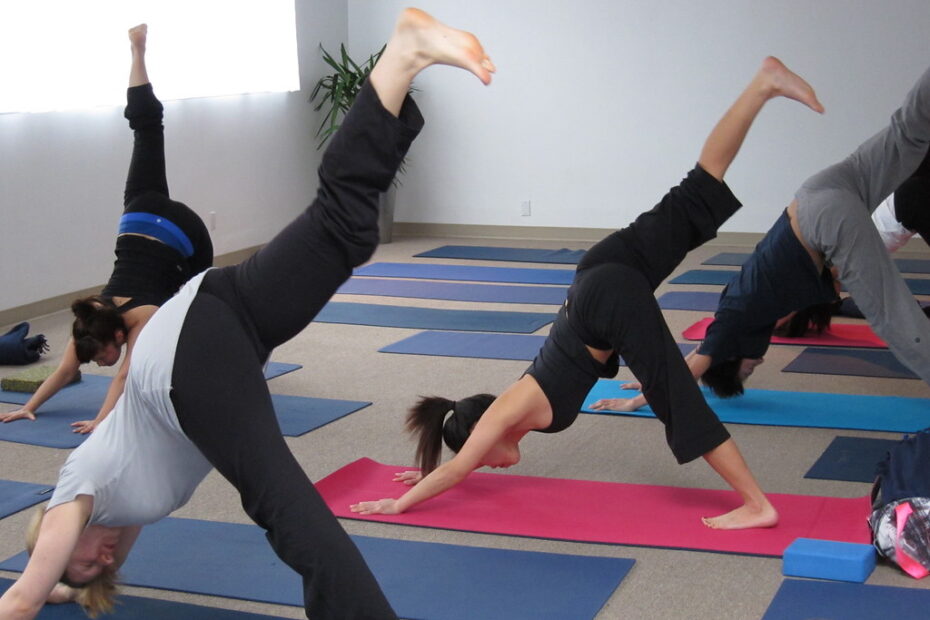Yoga Asanas to Improve Back Strength and Mobility
On average working adults spend a third of their lives sleeping and another third working. That only leaves a certain amount of time for family, food, socializing, leisure activities, household chores and paying bills. It’s no wonder most people find it difficult to take care of themselves when suffering from daily back pain.
Here are some of the causes of aches and pains in the back:
- The accumulation of stress
- Standing and sitting with incorrect posture
- Wearing improper footwear
- Lifting with poor technique
- Sleeping with an unsupportive pillow
Gaining an understanding of spinal mechanics and applying specific exercises on a regular basis are two basic components in developing and maintaining a healthy back.
Understanding Spinal Alignment to Prevent Back Injuries
The spine is made up of several vertebrae that undulate naturally for ease of movement. According to Susi Hately Aldous in her book Anatomy and Asana: Preventing Yoga Injuries, “the spine is really a system of skeletal, neurological, electrical, vascular, and chemical input that when balanced and connected creates magically fluid movement.”
Lack of strength and support, strain, overuse and neglect can all result in a misalignment or inflammation within the spinal frame. Once an injury is realized, people often seek counsel from their doctors to try and find something to “fix the pain”. Prescribed medicine, rest, chiropractors and physiotherapists are usually helpful in such cases but a regular exercise program with yoga asanas (postures) is an alternative preventative.
Applying Mountain Pose to Correct Posture
The principles of Mountain Pose or Tadasana are invaluable when understanding the body’s basic architecture. In B.K.S. Iyengar’s book titled Yoga: the Path to Holistic Health he states that “Tadasana teaches you the art of standing correctly and increases your awareness of your body. It is the foundation stone for other asanas. Practicing it gives rise to a sense of firmness, strength, stillness, and steadiness.”
Mountain Pose begins by rooting through the feet with as equal weight as possible between the toe mounds and heels lifting through the inner arches. With feet together the legs must feel firm and lifted through the kneecaps so they don’t sag. The abdomen pulls in and up as the breath moves freely and naturally. Arms extend through to the tips of the fingers towards the ground as the top of the head lifts to create length in the spine. Hold the pose for a few breaths in order to feel the subtle sensations within the body and apply this to daily activities such as standing, sitting and lifting.
Specific Back Strengthening Yoga Postures
Before beginning any exercise program, consult a doctor or healthcare professional. The following are only a couple of valuable back strengthening postures best practiced when coordinated with restorative postures:
- Cobra – Start by lying facedown on your belly. Place your hands beside your chest on either side for assistance as you lift through the crown of the head to draw the front of the body upwards. Keep your head in a neutral position, in line with the spine, gazing gently towards the floor. Hold for a few breaths before rolling gently back down to the floor. Rest.
- Locust Pose with Variation – Place a blanket under your hips as you lie on your belly. Keeping your neck long and spine elongated extend your right arm forward and lift. Lift the extended left leg at the same time as your opposite arm. Allow the spine’s natural flow to move with the breath. Lower your limbs after a few breaths and repeat on the other side. Restore a slow and easy breath while in Child’s Pose.
Every day back pain can effectively be prevented by a regular practice in Hatha Yoga. It brings particular awareness to the back by aligning, elongating and strengthening the spine.
